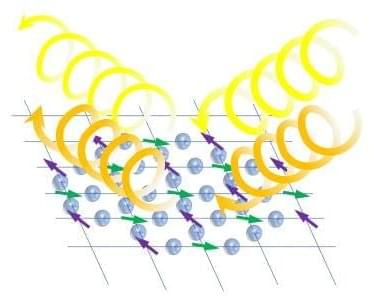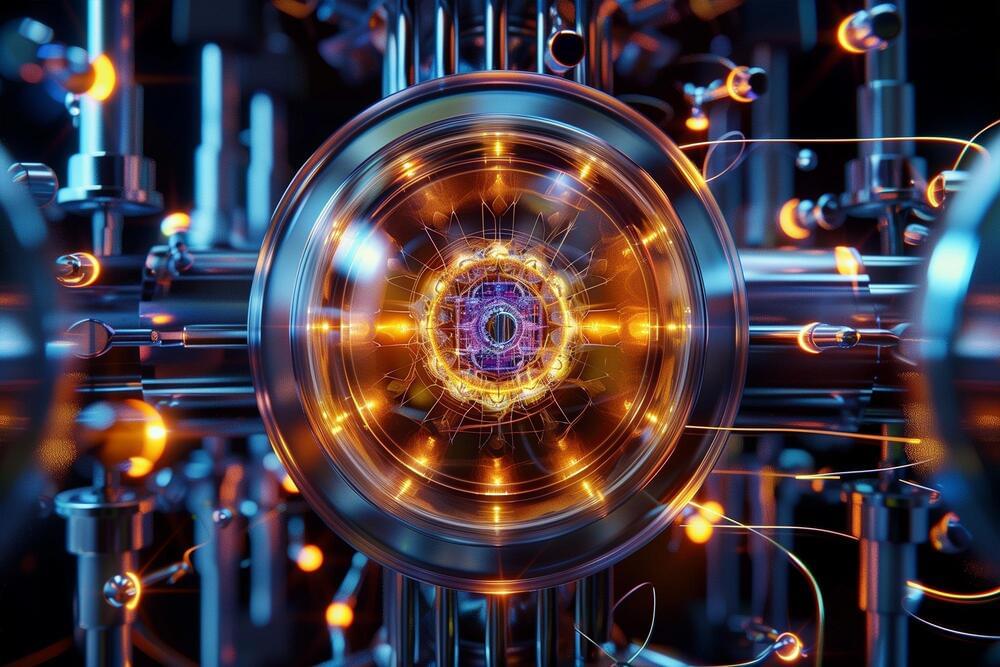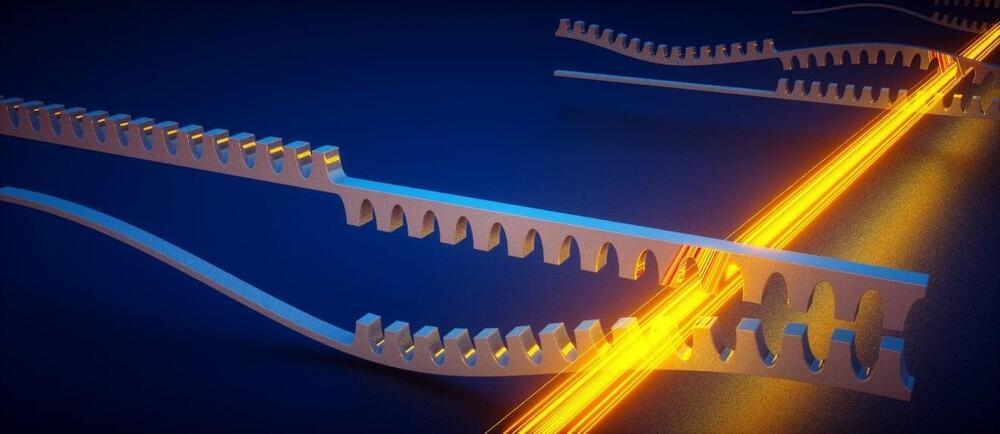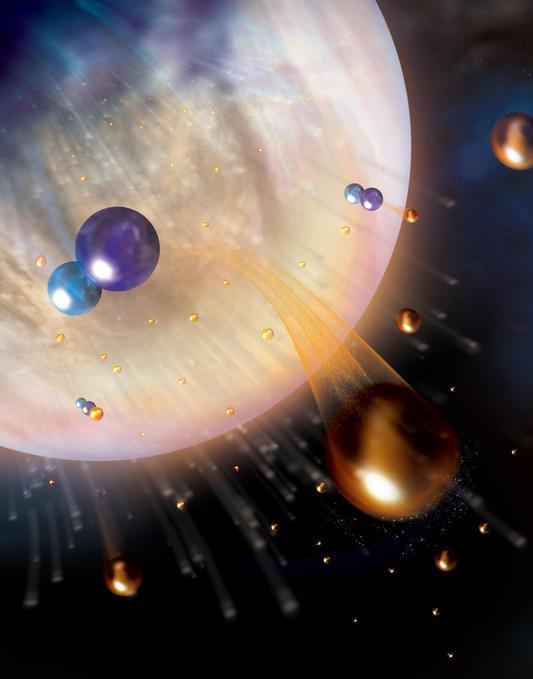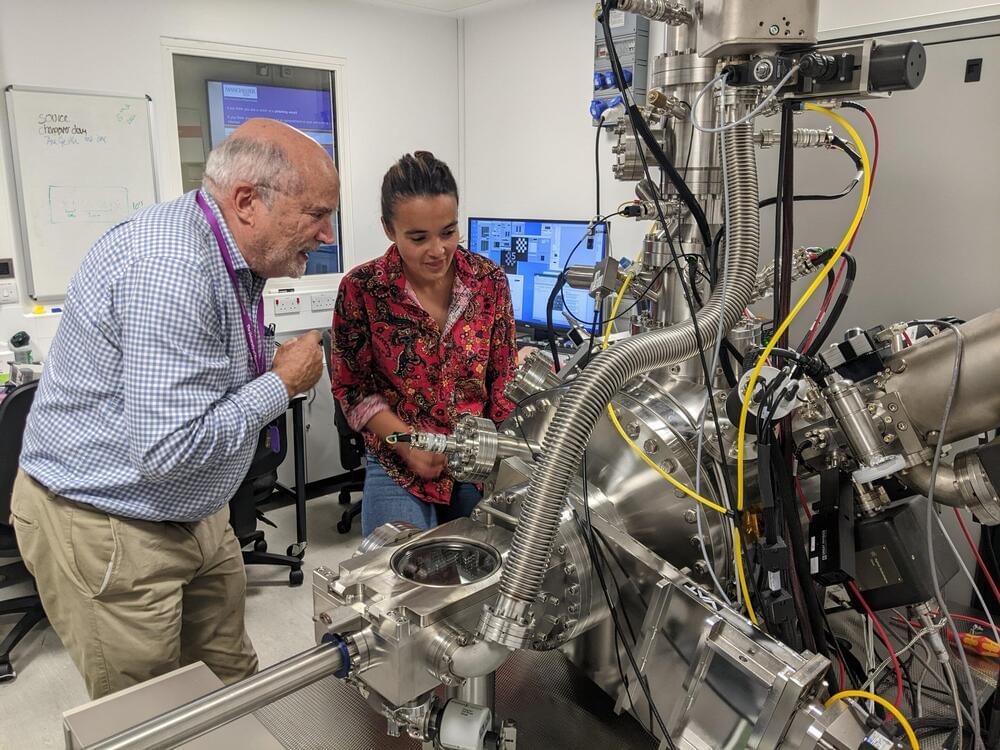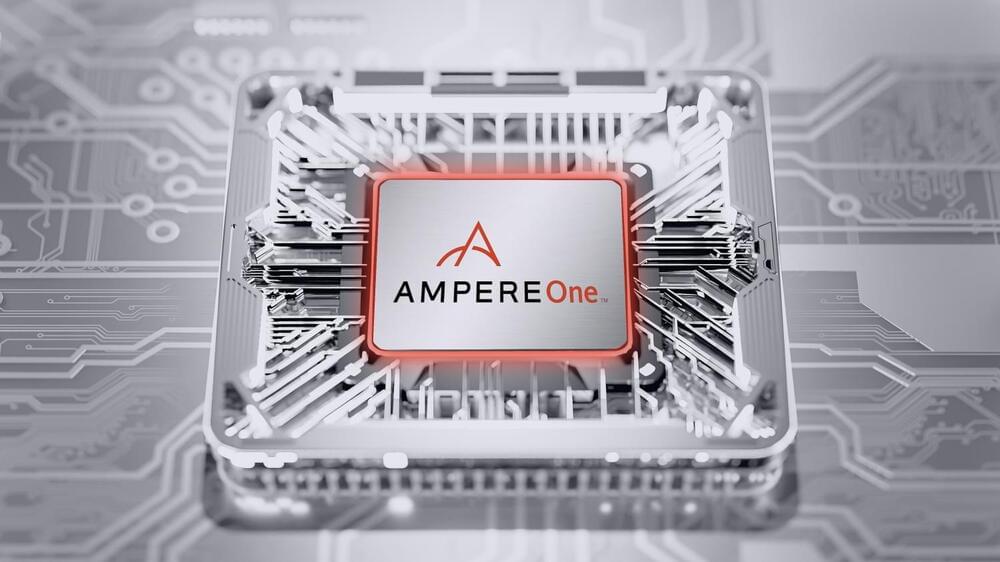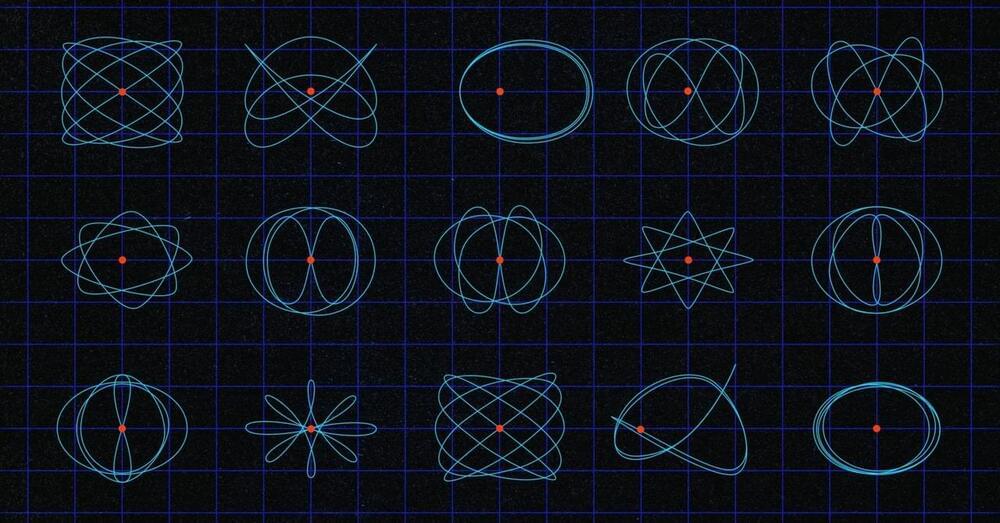Ever since superconductivity was discovered in the early 1900s, it has both captivated and mystified scientists. Superconductors conduct electricity with virtually zero resistance, allowing for highly efficient transmission of electrical currents. Among other uses, they create the strong magnetic fields we depend on for medical imaging with MRI machines.
The first known superconductor, mercury, only works when the temperature dips just below-450 F. Copper-containing materials called cuprates were found in the ’80s to become superconductors at warmer temperatures, though still inconveniently cold — closer to-200 F. Understanding how these so-called high-temperature superconductors work could eventually lead to ones that can operate in less frigid conditions.
One potential hallmark of high-temperature superconductors has remained purely theoretical, until now. A team of scientists, including several from the U.S. Department of Energy’s (DOE) Argonne National Laboratory, has observed an elusive state of matter called quantum spin nematic. The study, which was published in the journal Nature (“Quantum spin nematic phase in a square-lattice iridate”), used the Advanced Photon Source (APS), a DOE Office of Science user facility at Argonne that also happens to use superconductors. The results lend insight on both high-temperature superconductivity and some of the physics involved in quantum computing.
